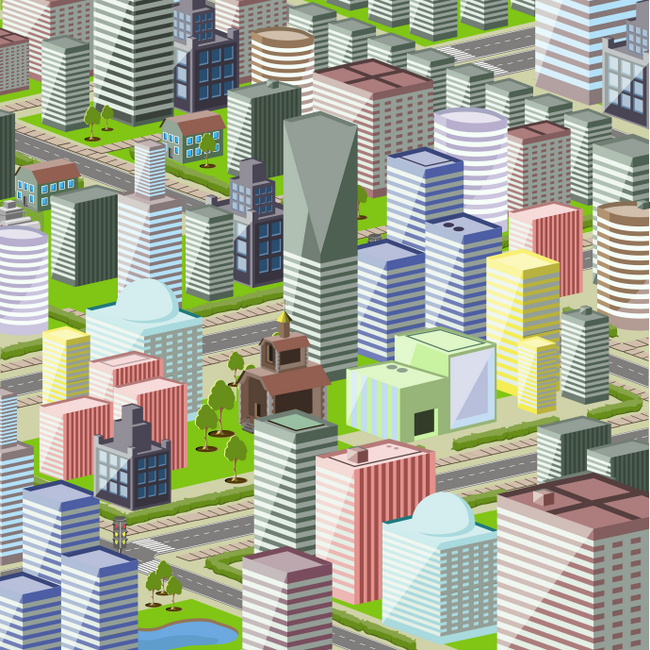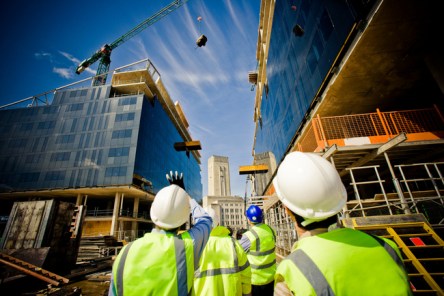NAAHQ reports that apartment revenues in the nation’s top 100 largest metros currently exceed pre-recession levels by nearly 14 percent, with considerations for rising rents and the recovery in occupancy. While the usual top performers remain strong, suburban markets are showing a healthy recovery and bright future. Middle-markets are giving their high-end counterparts stiff competition. While individual urban locations can boast the highest new construction rates, many cities’ suburbs combine to exceed the growth of urban cores. Suburban middle-market communities, which are the vast majority of apartment inventory, and new luxury apartment communities present appealing options for a growing number of renters, particularly young singles and families. The strength of middle market performance is projected to continue well into 2015 since the factors contributing to their success are unlikely to change. Metropolitan zip codes are still desirable to many but high rents have driven a large pool of renters to the more moderate prices of the suburbs. Secondly, homeownership isn’t a viable option for most of these renters, whose incomes do not support the rising interest rates, utilities, and maintenance costs of a single-family property. Lastly, vacancy rates are low for middle-market and top-tier communities in the suburbs, resulting in less horizontal movement for renters. With occupancy at 95.8 percent, owners can receive top-dollar rents for available units with very little room for competitive pricing within comparable properties. But not all suburbs are flourishing equally. Renters who seek middle-market properties abandon the city limits with a few trade-offs in mind: Proximity to Universities Students and young singles provide a boost to many college towns, which are some of America’s fastest growing cities. Access to Public Transit Public transportation that connects suburbs to the major cities will reap the benefits of greater growth. Such conveniences...
Top Metros
For multifamily growth
Are we on the path back to the good old days of booming prosperity in real estate? Any step forward is a step in the right direction. Explore the top ten hottest metropolitan areas that are leading the surge in multifamily unit construction. Washington, D.C. The population rose by about 10 percent from 2000-2012. While job growth is a contributor, reverse sprawl has suburbanites returning to the city. A blend of Baby Boomers and Millennials are taking up residence downtown. These new tenants are drawn to the conveniences of pedestrian-friendly living. Dallas The city seems unstoppable. Dallas continues to be a leader in population growth, now estimated to grow at 345 people per day or nearly one person every four minutes. Jones Lang LaSalle suggests that the Dallas-Fort Worth population will reach 9 million people in the next 16 years. Job growth in the financial services sector attracts talent to the city. Houston Houston welcomes more than 302 people per day. Like Dallas, Houston residents are drawn to the city’s job growth in the private sector. Dallas and Houston have been economic powerhouses throughout the new millennium. Los Angeles Interestingly enough, LA is losing ground in its trademark markets. The city doesn’t boast much in terms of job growth, either. New construction is an optimistic risk but developers are taking the leap. If we build stunning, eye-popping high-rises, they will come. San Francisco The city suffered from a 10.1 percent unemployment rate in 2010. By the close of 2013, unemployment dropped to nearly 5 percent. Job growth has revitalized the city so that it is bursting at the seams. A lack of competition has led to some of highest rents in the nation. As far as apartments for rent in San Francisco go, new...


